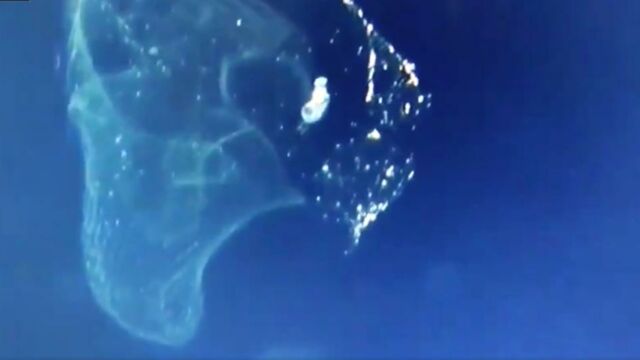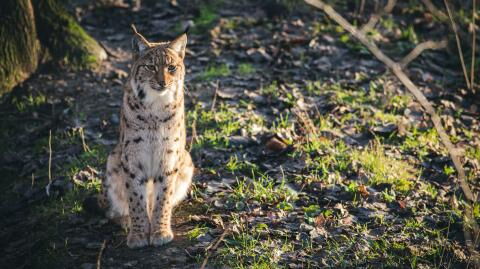This expedition took place in July. Marine biologist Vittoria Roncalli from the University of Barcelona was diving with her team in the depths of the Pacific Ocean off the coasts of Alaska to study the wildlife that existed here. What they discovered exceeded their expectations.
Discover our latest podcast
The creatures they discovered were small floating shells that are so small, it is almost impossible to see them. These marine animals are called appendicles and are a class of urochordates. Their size normally doesn’t exceed 1 centimetre and although they are difficult to see, this species is very important for marine life.
Logran filmar en el océano Pacífico un animal casi imposible de captar por su reducido tamaño https://t.co/X7ZjUFCBYApic.twitter.com/9ALquXlq92
— RT en Español (@ActualidadRT) August 5, 2019
This famous expedition, known as Seamonts 19, was organised by the National Oceanic and Atmospheric Administration with the purpose of studying the evolution of marine life in the Gulf of Alaska, an area which is rather difficult to get to and about which scientists have very little information.
There aren’t many specimens of these animals and it is very difficult for people to find them. As a result, the divers had to dive 3 kilometres into the depths of the ocean to observe them.We’ll let you admire the incredible footage taken by Vittoria Roncalli in the video above.















